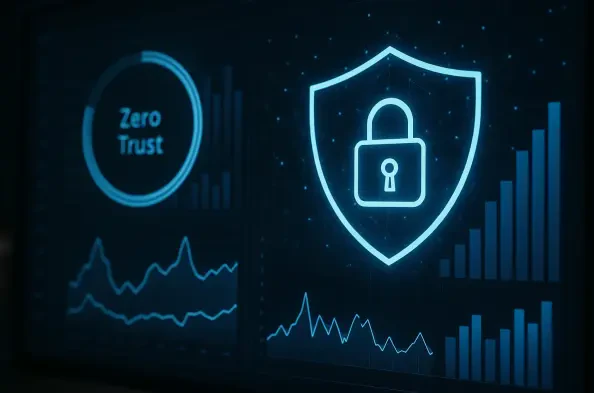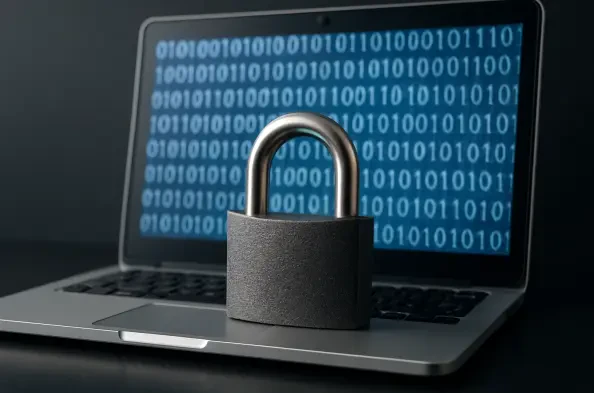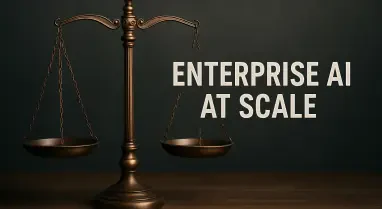In an era where a single cyberattack can cost millions and shatter trust overnight, organizations are grappling with an unprecedented challenge: how to protect sensitive data while meeting ever-tightening regulatory demands. Imagine a global financial institution struck by a breach, facing not only a $10 million fine under the EU’s Digital Operational Resilience Act (DORA) but also irreparable damage to its reputation. This harsh reality highlights the urgent need for robust cybersecurity strategies that surpass traditional defenses. Enter Zero Trust and security graphs—two powerful tools reshaping how compliance and security intertwine in today’s digital landscape.
The significance of this story lies in the escalating stakes of noncompliance. With regulators worldwide cracking down on data protection failures and cyberattacks growing more sophisticated, businesses can no longer afford to treat compliance as a mere formality. Standards like DORA and ISO 27001 demand not only prevention but also rapid response and recovery plans. This narrative explores how Zero Trust, with its uncompromising “never trust, always verify” approach, paired with the visual clarity of security graphs, offers a lifeline to organizations striving to meet these mandates while fortifying their defenses against relentless threats.
Why Compliance Challenges Are a Top Concern for Organizations
The pressure to comply with stringent cybersecurity regulations keeps many executives awake at night. A single misstep can lead to crippling penalties, with fines under frameworks like DORA reaching into the millions for financial sectors failing to secure critical systems. Beyond financial loss, the fallout includes eroded customer trust and operational halts, as seen in high-profile breaches that have exposed vulnerabilities in even the most established firms.
Regulatory landscapes are becoming more complex, with mandates requiring detailed documentation and evidence of security measures. The cost of noncompliance isn’t just monetary; it’s a blow to credibility that can take years to rebuild. Organizations are thus forced to rethink their approaches, seeking solutions that not only protect but also prove adherence to auditors and stakeholders alike.
This growing burden sets the stage for innovative frameworks that can address both security and regulatory needs simultaneously. As breaches become more frequent—often exploiting lateral movement within networks—there’s an urgent call for strategies that limit damage and provide clear visibility into system interactions. This is where modern tools step in to transform the compliance game.
The Rising Need for Strong Cybersecurity Amid Regulatory Pressures
As cyber threats evolve, so do the expectations of regulators across the globe. Attacks now often involve advanced tactics, with intruders navigating networks to access critical assets, a trend that has prompted agencies like the U.S. National Security Agency (NSA) to advocate for proactive containment measures. Regulations are no longer just about preventing incidents; they demand resilience, ensuring businesses can recover swiftly without disrupting operations.
Frameworks such as ISO 27001 emphasize comprehensive risk management, while DORA focuses on operational continuity in the financial sector, mandating rigorous incident response plans. This shift reflects a broader understanding that cybersecurity is integral to business survival. Companies must now demonstrate not just defenses but also readiness to handle crises, aligning with regulatory goals to protect economies and consumers.
The convergence of these demands highlights a critical gap in traditional security models, which often fail to stop attackers once they’re inside. This vulnerability drives the push for approaches endorsed by leading authorities, emphasizing isolation of threats and continuous monitoring. Such strategies are becoming non-negotiable as the cost of failure skyrockets in both financial and reputational terms.
How Zero Trust and Security Graphs Redefine Compliance Solutions
At the heart of modern cybersecurity lies Zero Trust, a model built on the principle of distrusting every user and device until verified, no matter their location or prior access. This approach minimizes risks by segmenting networks, ensuring that a breach in one area doesn’t cascade across an entire system. By limiting the “blast radius,” as described in NSA guidelines from recent cybersecurity reports, Zero Trust directly supports compliance with standards requiring containment and damage control.
Complementing this is the power of security graphs, which offer a visual map of network relationships and dependencies. These tools enable teams to identify weak points, enforce policies, and provide auditors with transparent insights into security postures. For instance, a multinational corporation used a security graph to streamline its ISO 27001 audit, cutting preparation time by 30% through clear documentation of access controls and vulnerabilities.
Together, these technologies create a synergy that addresses both proactive and reactive compliance needs. Zero Trust prevents unauthorized access, while security graphs illuminate hidden risks, ensuring organizations can meet mandates with confidence. This combination is proving to be a game-changer, as evidenced by industry adoption rates climbing steadily since 2025, reflecting trust in their ability to safeguard and satisfy regulatory scrutiny.
Expert Insights on the Power of Zero Trust and Security Graphs
Industry leaders have been vocal about the transformative potential of these tools in tackling compliance challenges. John Kindervag, widely recognized as the creator of Zero Trust and chief evangelist at Illumio, stresses that security graphs provide unparalleled visibility. “They allow organizations to show auditors exactly how data flows and where protections are in place, making compliance less of a guessing game,” Kindervag notes, highlighting their practical value in regulatory reviews.
Raghu Nandakumara, vice president of Industry Strategy at Illumio, adds a layer of technological optimism to the conversation. He points out that advancements in AI and machine learning have elevated security graphs beyond static diagrams, turning them into dynamic tools that predict and adapt to threats. “This isn’t just mapping; it’s real-time intelligence that outpaces traditional methods,” Nandakumara explains, underscoring how such innovations streamline both security and audit processes.
Endorsements from authoritative bodies like the NSA further cement the credibility of these approaches. Recent advisories from the agency emphasize that segmentation and continuous verification—core tenets of Zero Trust—are essential to curbing modern cyber threats. This alignment of expert opinion and institutional backing paints a clear picture: integrating these strategies is not just beneficial but critical for staying ahead of compliance and threat curves.
Practical Steps to Adopt Zero Trust and Security Graphs for Compliance
For organizations ready to embrace these solutions, a structured implementation plan is essential. Start by enforcing continuous verification across all users and devices, ensuring no access is granted without validation, regardless of network location. This foundational step aligns directly with regulatory requirements for strict access controls, reducing the risk of insider threats or external breaches.
Next, focus on network segmentation to isolate critical assets, prioritizing high-risk areas such as financial systems or customer data repositories. Simultaneously, deploy security graphs to visualize interactions between resources, using AI-driven insights to detect anomalies and enforce policies. A practical example is a healthcare provider that segmented patient data systems and used graphs to monitor access, achieving compliance with data protection laws while enhancing security.
Finally, leverage these tools to simplify audits by documenting controls and vulnerabilities in an accessible format. Regularly update security graphs to reflect changes in infrastructure, and train teams to interpret and act on their insights. By aligning these steps with mandates like DORA, businesses can build a resilient framework that not only meets current standards but also adapts to future regulatory shifts, ensuring long-term compliance and protection.
Reflecting on a Path Forward
Looking back, the journey through the complexities of cybersecurity compliance revealed a landscape fraught with challenges yet ripe with opportunity. Organizations have faced daunting fines and reputational risks, driven by sophisticated threats and stringent regulations. Yet, the emergence of Zero Trust and security graphs stands as a testament to innovation’s power to turn obstacles into actionable strategies.
The path forward demands a commitment to integrating these tools into everyday operations. Businesses are encouraged to prioritize segmentation and visibility, starting with pilot projects in critical areas before scaling across networks. Partnering with technology providers to harness AI-driven insights has proven effective in staying ahead of evolving threats.
Ultimately, the focus shifts toward building a culture of continuous improvement. Regular audits, staff training, and updates to security graphs have become essential steps in maintaining resilience. By embracing these practices, organizations not only meet compliance mandates but also forge a stronger defense against the unpredictable nature of cyber risks, securing their place in a safer digital future.






